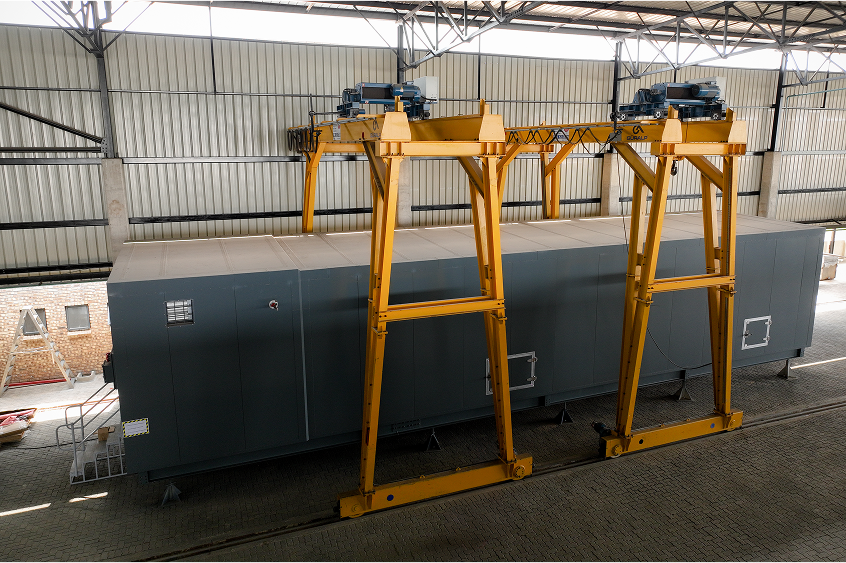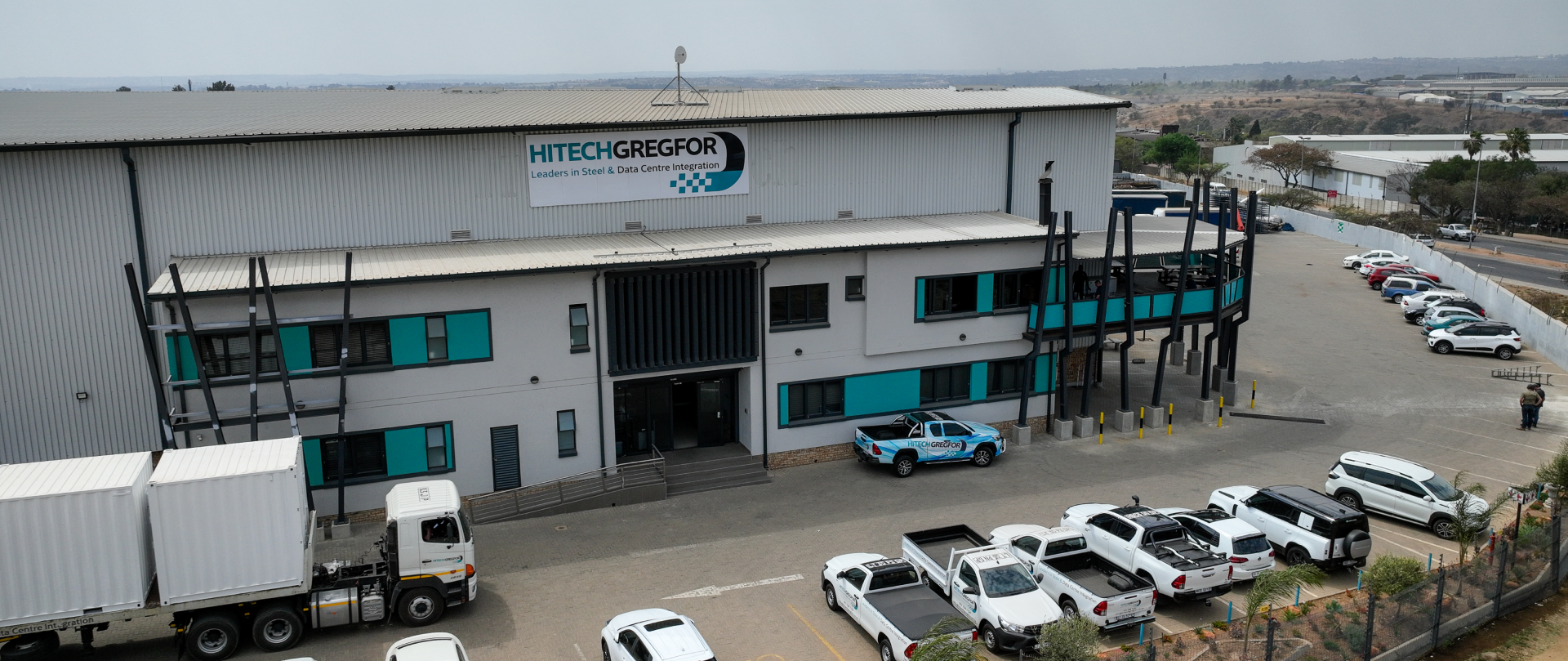
Throughout our manufacturing process, we prioritise customer inputs, considering them as integral to our operations. Once the design is accepted, we procure the necessary raw materials and initiate the physical manufacturing process. This process involves several stages, each facilitated by specialised machinery and producing specific outputs.
To ensure exceptional quality, we exercise rigorous Quality Assurance at crucial checkpoints during the Manufacturing, Integration, and Testing phases. These checkpoints are carefully documented to maintain transparency and accountability. Our Testing procedures are predetermined and documented during the Design phase, and they are executed and recorded accordingly during the Testing phase.
From concept to prototype, we co-develop visuals that translate your ideas into efficient, manufacturable plans. All designs are stored on secure, backed-up systems to protect your intellectual property and ensure machine-readiness with zero delays.
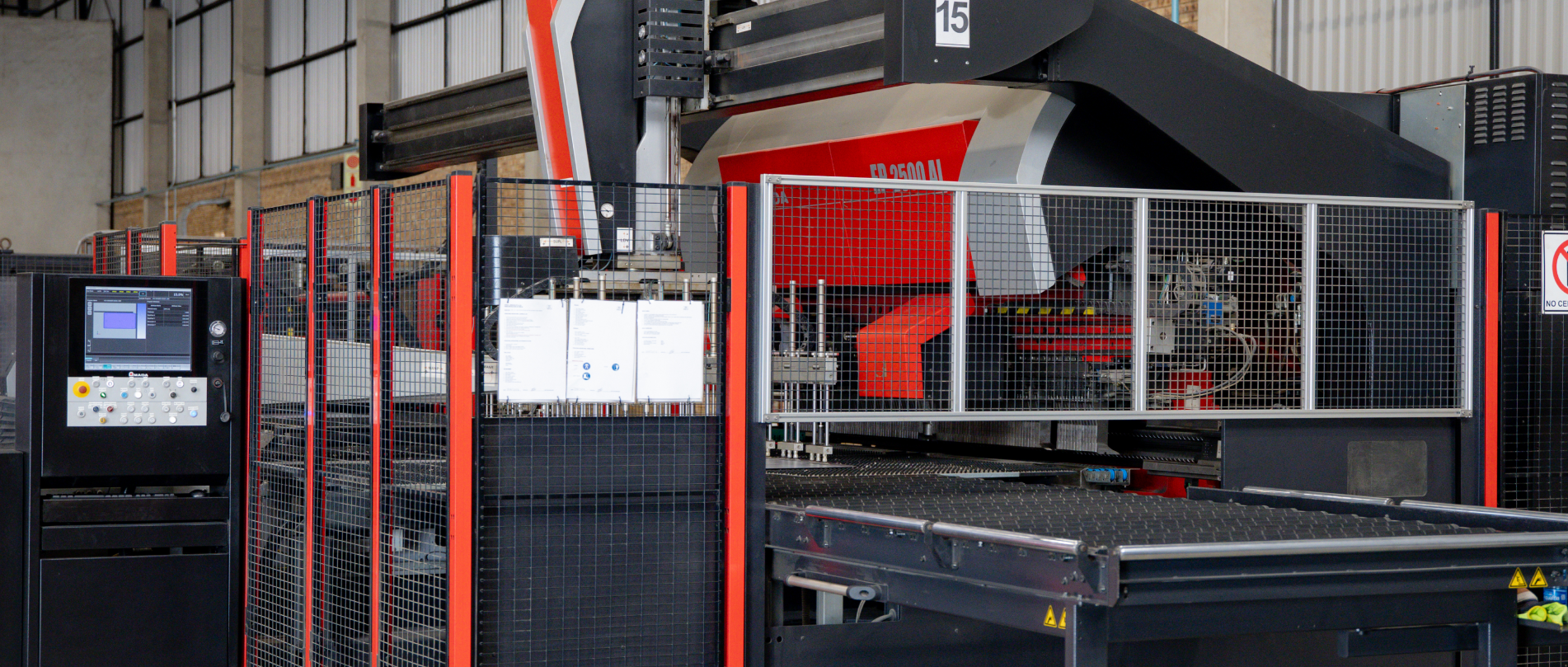
Key machines include:
– Amada ventis 3015 aj – high-speed cnc 4kw fibre laser.
– Acies 2515 t – punch/laser combination no-scratch brush table, 3mm stainless/mild steel, automated sheet repositioning
AMADA VIPROS 367 QUEEN
30 ton press capacity
2000 x 1500 3000X1500 with one reposition.
3 mm Maximum Material Thickness (Mild Steel)
2 mm Maximum Material Thickness (Stainless Steel)
50 M/MIN Positioning Speed
±0.5 Punching Accuracy
ACIES 2515 T
30 ton press capacity
2500 x 1500 mm maximum sheet size (no reposition)
3000 x 1500 mm maximum sheet size (with one reposition)
3 mm Maximum Material Thickness (Mild Steel)
3 mm Maximum Material Thickness (Stainless Steel)
100M/MIN positioning speed improves productivity
Brush table design provides scratch-free processing, eliminating secondary finishing
Laser Cutting
Laser systems translate CAD designs into ultra-precise flat metal forms. They handle complex contours in mild and stainless steel, ensuring consistent replication of intricate parts.
With our 2 x fibre lasers and 3 x co2 lasers the possibilities are endless, our state of the art material storage system connected to our machines affords our lasers the ability to process 72 different batches of material/types/thicknesses automatically, aswell as offload the already processed sheets and skeletons and store them ready for the next process without any human intervention allowing us the ability to cut 24/7 7 days a week
Punching
Using dynamic tooling and advanced CNC programs, we create custom holes, slots, and patterns — optimised for small runs and specialised components without the cost of hard tooling.
Pressing, Rolling & Notching
Our innovative fastener insertion machines enable us to use a wide range of self-clinching fasteners, optimising labour, enhancing quality, and increasing productivity. This technology ensures greater reliability in Stud and Bush design, while diverse tooling provides flexibility. Additionally, our department includes Corner Notcher and Rolling machines, expanding our capabilities to accommodate a variety of applications.
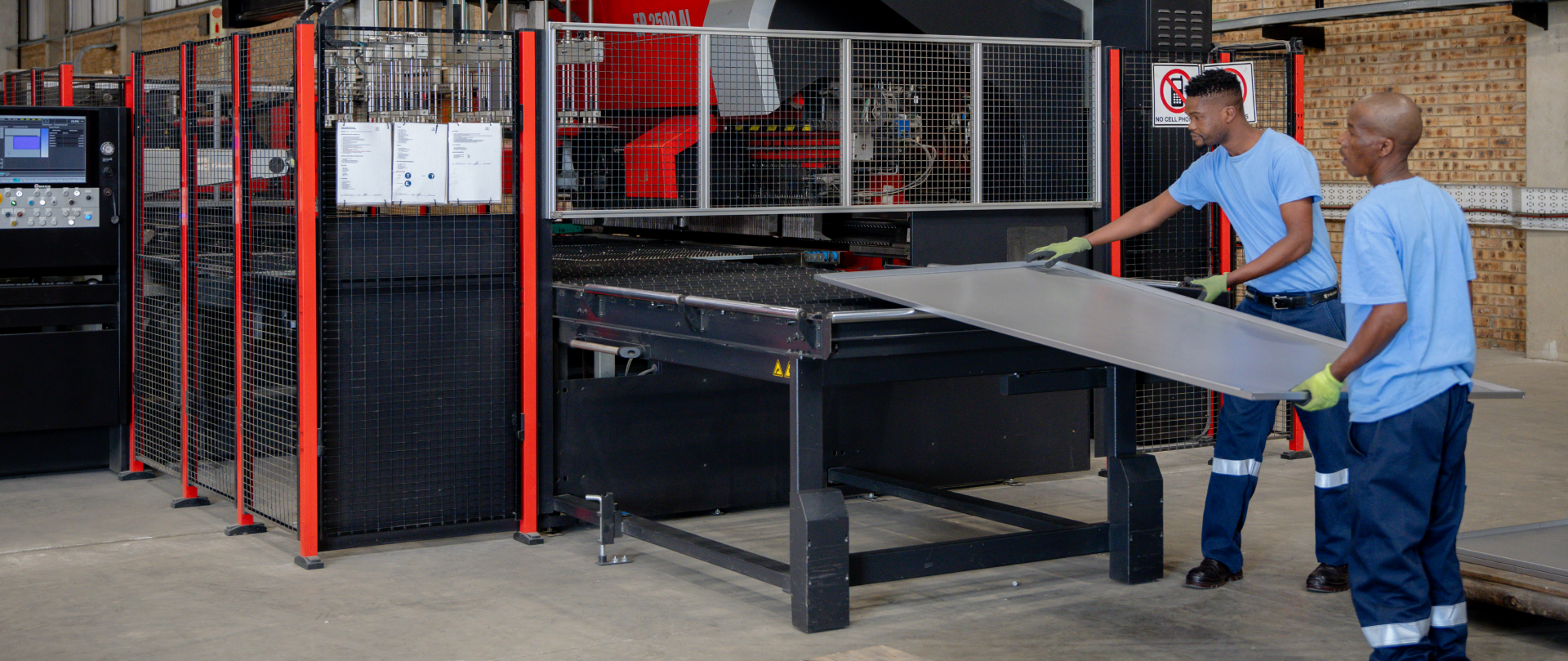
Bending
To change the shape of metal the material is stressed beyond the yield strength but below the ultimate tensile strength. Our substantial tooling and a 220 ton press strength allows us to bend almost every possible combination requested.
Forming
Examples of equipment:
– 220-ton cnc press – 4000mm capacity for heavy-duty bending
– Ep2500 al – automated panel bender for medium to large parts
220-ton capacity
4000 mm max bend length
3760 mm between frames
470 mm open height
300 mm stroke
CNC Controlled
100-ton capacity
3000 mm max bend length
2700 mm between frames
200 mm open height
100 mm stroke
CNC Controlled
88-ton capacity
2500 mm max bend length
2200 mm between frames
500 mm open height
200 mm stroke
CNC Controlled
Maximum 38mm diameter
Available tools: 25.4mm diameter/50.8R, 63.5R, 88.9R including rolling and 32mm diameter/150R
Maximum 89mm diameter
Available tools: 50.8mm diameter/150R, 32mm square/112R, 50mm square/152R, 50x75mm rectangular/152
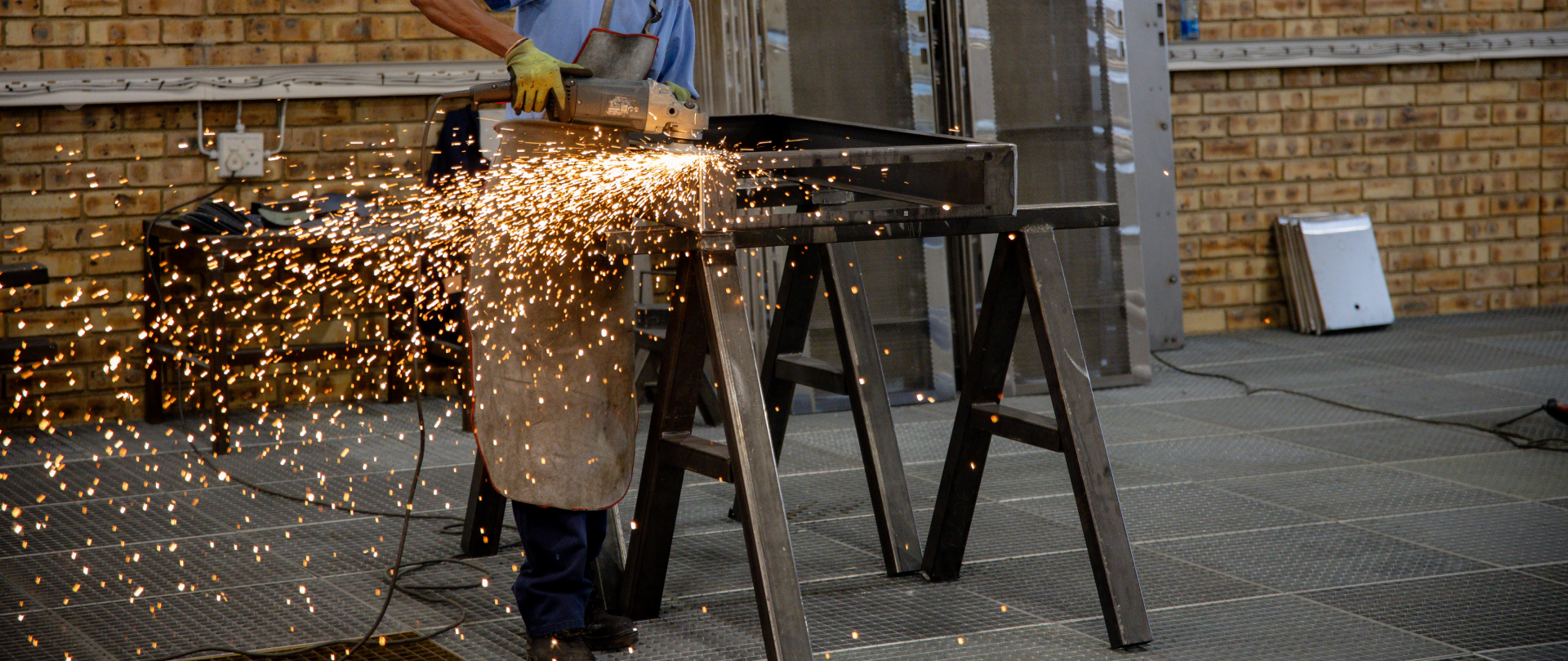
Milling
Milling cutters of many shapes and sizes are held and can move in three perpendicular directions to cut flat surfaces, grooves, dovetails, T-slots and even concave and convex forms with combined maximum working dimensions: X-1020mm, Y-550mm and Z-540mm.
Turning
The process whereby a centre lathe is used to produce “solids of revolution”. It can be done manually, in a traditional form of lathe or by using an automated lathe referred to as having computer numerical control, better known as CNC, with combined maximum working dimensions: 280mm diameter and 550mm long.
Stud and Bush Inserting
Fasteners for sheet metal provide deep-tapped female threads or self-clinching studs for use with thin sheet metals. Once installed, they’re permanently attached to the mating material, allowing the nut or bolt to be removed without the risk of the fastener becoming dislodged. Easily installed using equipment such as Haeger Presses, our factory has two Haeger 618 Modular Autofeed Systems with 6 tons of ram force and a 457 mm throat depth and a Haeger 824 Plus with 8 tons of ram force and a 610 mm throat depth for larger jobs.
Fanuc Welding Robot
• With Lincoln Electric Power Source
(Power Wave F355i)
• High motion speeds with great performance and productivity
• Integrated Servo Torch with wrist-mounted wire feeder
• Mild or Stainless Steel applications
• Dual Table Setup for increased productivity
Spot Welding
Nachi automatic spotwelding cell- tri table setup,optimized for high volume projects, equipped with a automatic tool changer and tip dresser
Grinding
Our grinding rooms are in excess of 100m2 and have over 10 workstations, they are split equally to avoid contamination between Mild and Stainless Steel. Various grit discs are used, from 36-180 depending on the product and desired finish, in this highly skilled manual process.
– 5 Spot Welders – Fast, strong bonding for overlapping sheet components
– Grinding Bays – Over 100m² split between mild and stainless steel finishing.
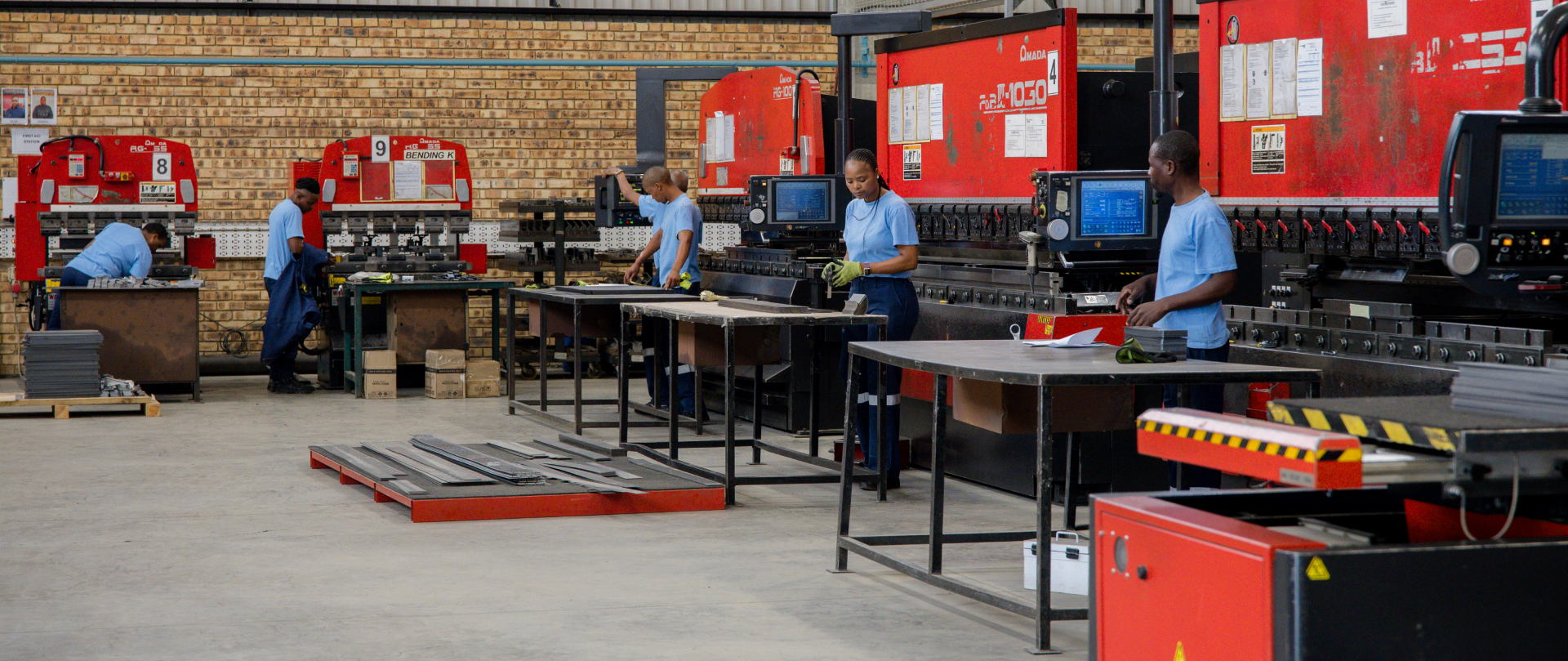
Powdercoating
3 lines allowing us to paint 3 different colours at once aswell as a offline spray booth which gives us the opportunity to paint small batch special colours without interfering with our 3 main lines
– 5-stage pre-treatment ensures full surface prep
– Electrostatic spray with curing oven
– Custom ral colours and fast turnarounds
Stainless Steel Pickling & Passivation
Essential for restoring corrosion resistance post-welding — removes heat tint and reactivates the passive layer.
Electrochemical Cleaning & Etching
– Clean, passivate, and mark welds without abrasives
– Custom logo or traceability marks etched directly on stainless parts
Marking
The Marking System allows any logo or graphics to be instantaneously and permanently etched onto Stainless Steel with a maximum height of 70mm and any length.
Electrochemical Cleaning & Etching
– Clean, passivate, and mark welds without abrasives
– Custom logo or traceability marks etched directly on stainless parts
One of the latest advancements in the factory is an automated Electroplating Plant that deposits an adherent surface layer of a metal having a desired property such as abrasion, wear resistance, corrosion protection, lubricity, or improvement of aesthetics, onto a substrate lacking that property. An example we use is the coating of an electrically conductive object with a layer of zinc.
The product finishes are as follows:
• Yellow Passivated
• Blue Passivated
• Yellow Passivated with Superseal
• Blue Passivated with Superseal
• Plating with no Passivation – preparation for Powder Coating
We not only supply — we install, test, and commission these systems on your behalf.
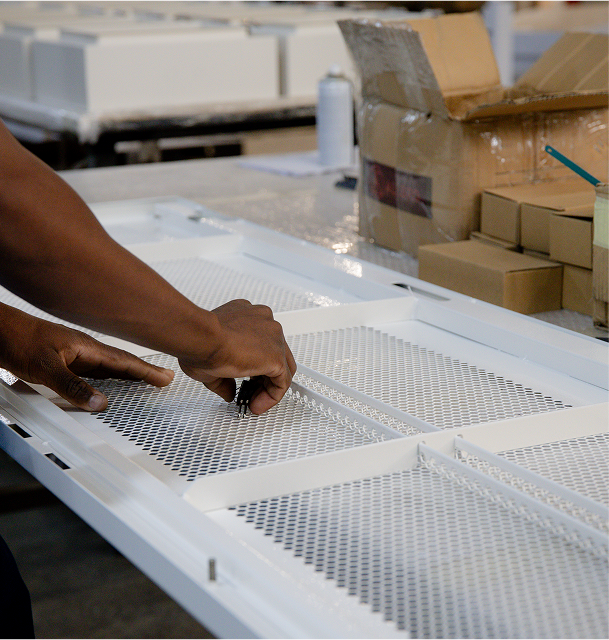
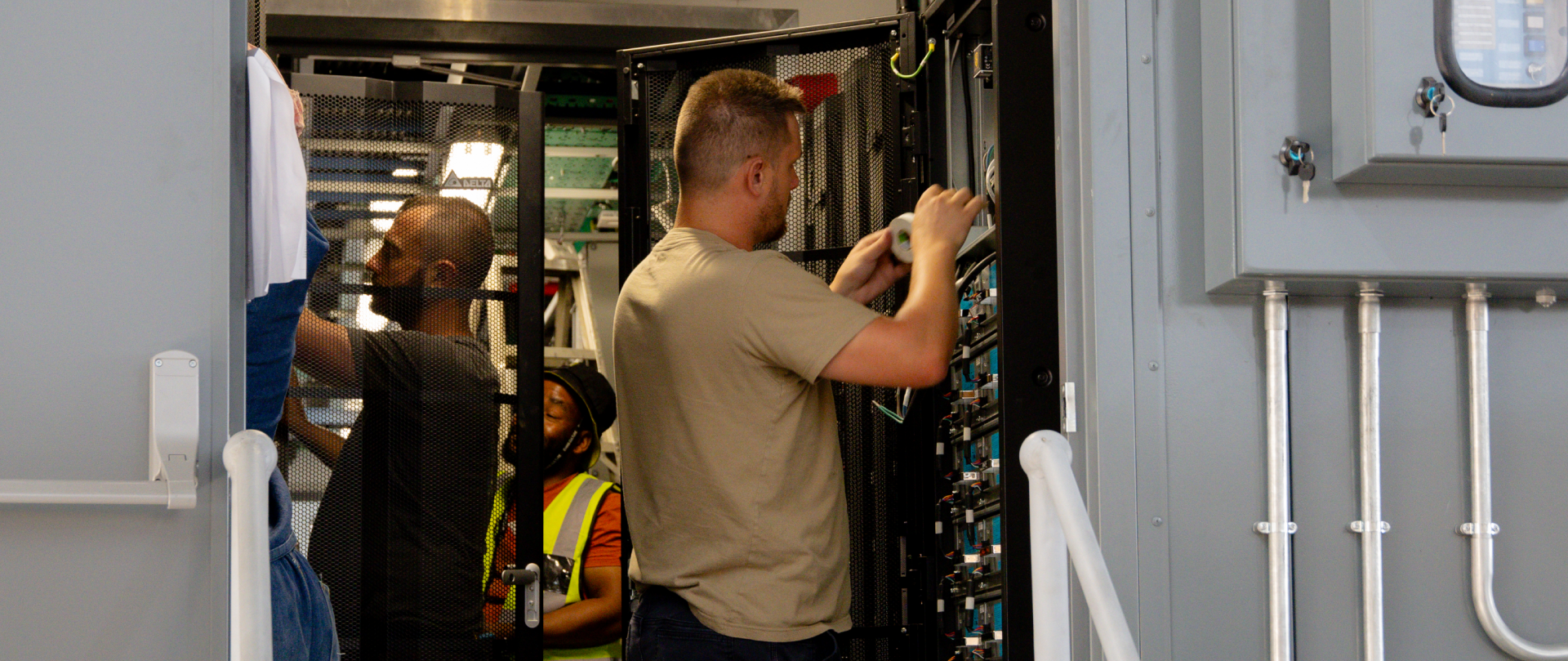
Once fully set up on-site, final integrations and testing are completed as per the design specifications.
